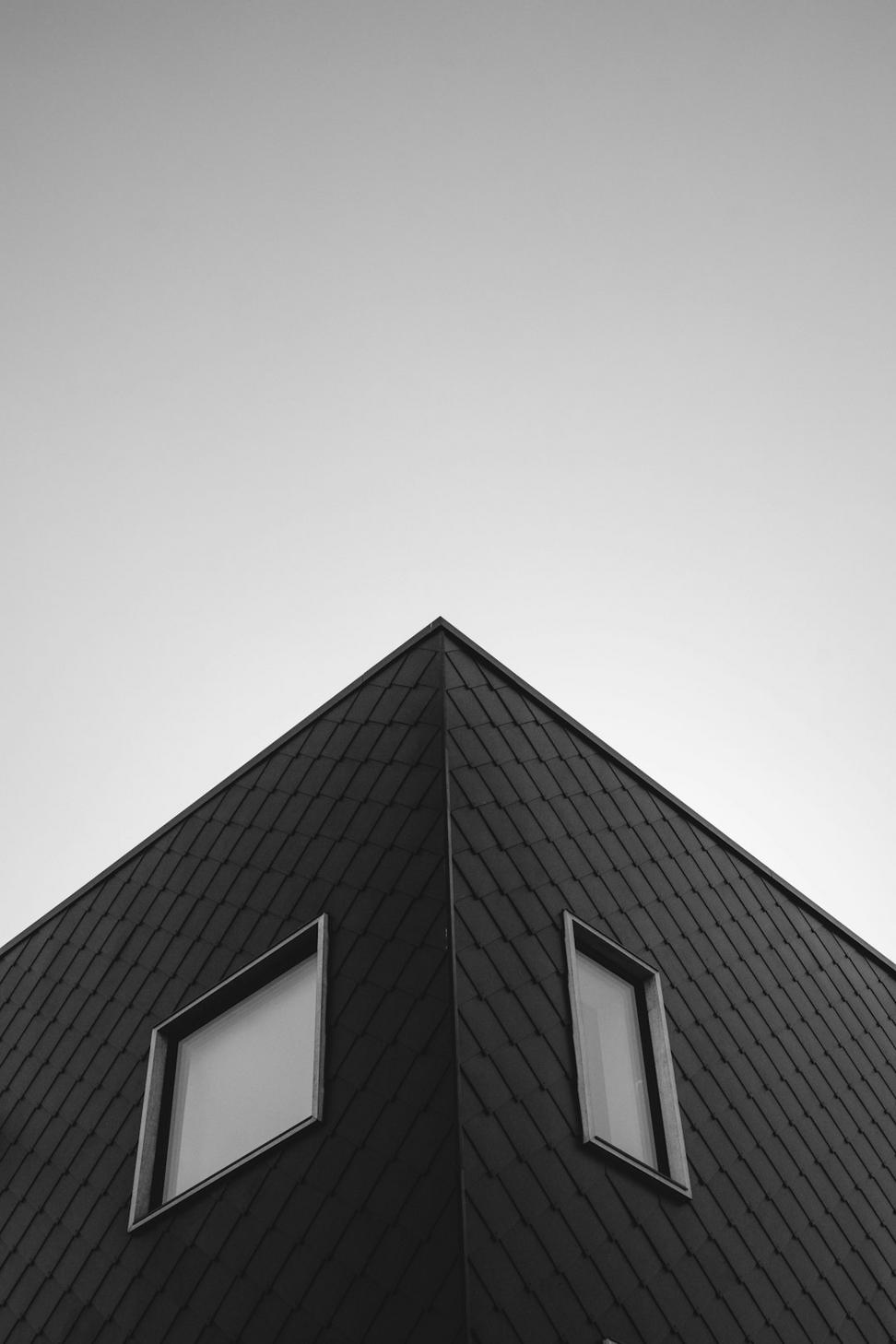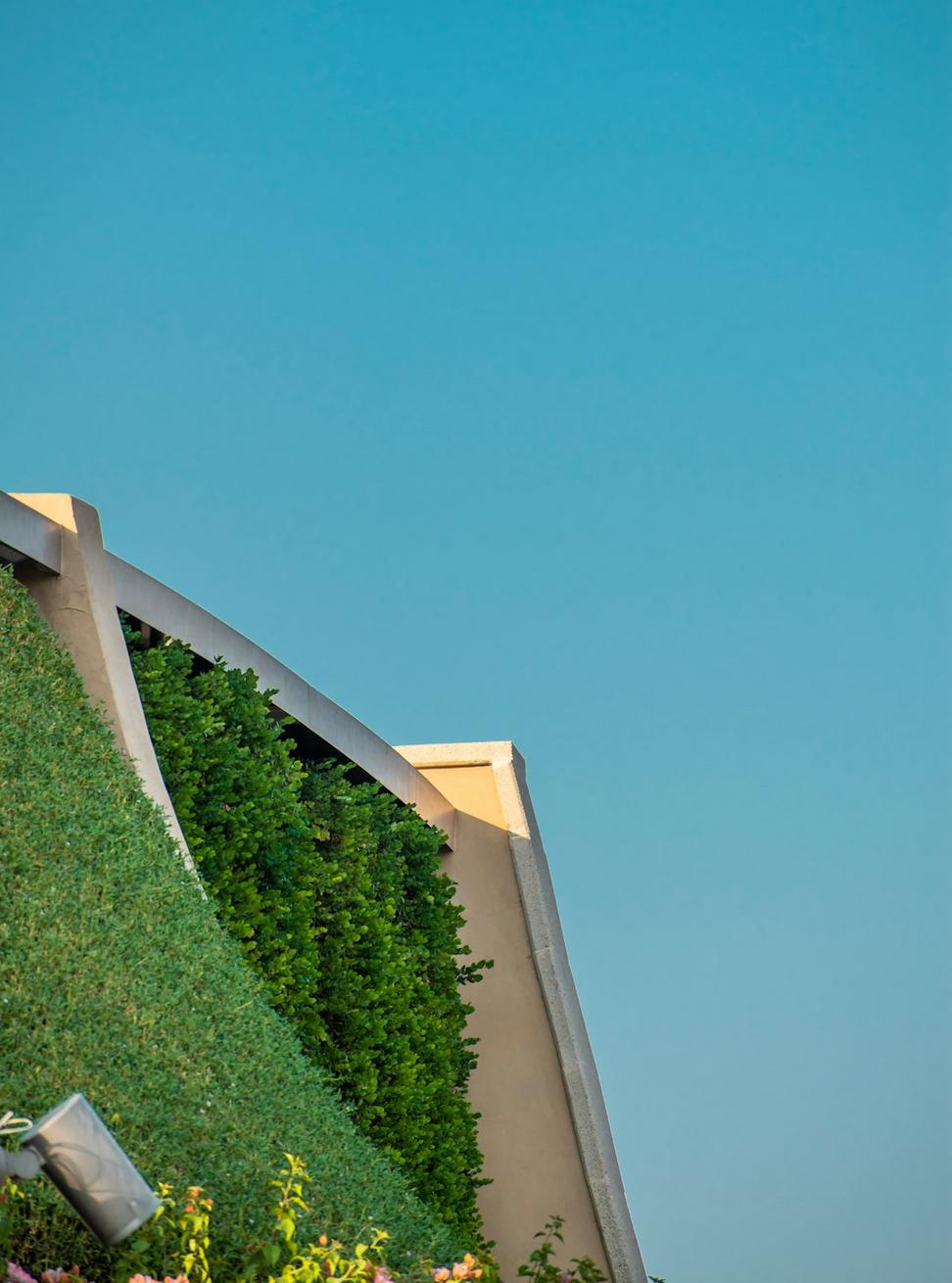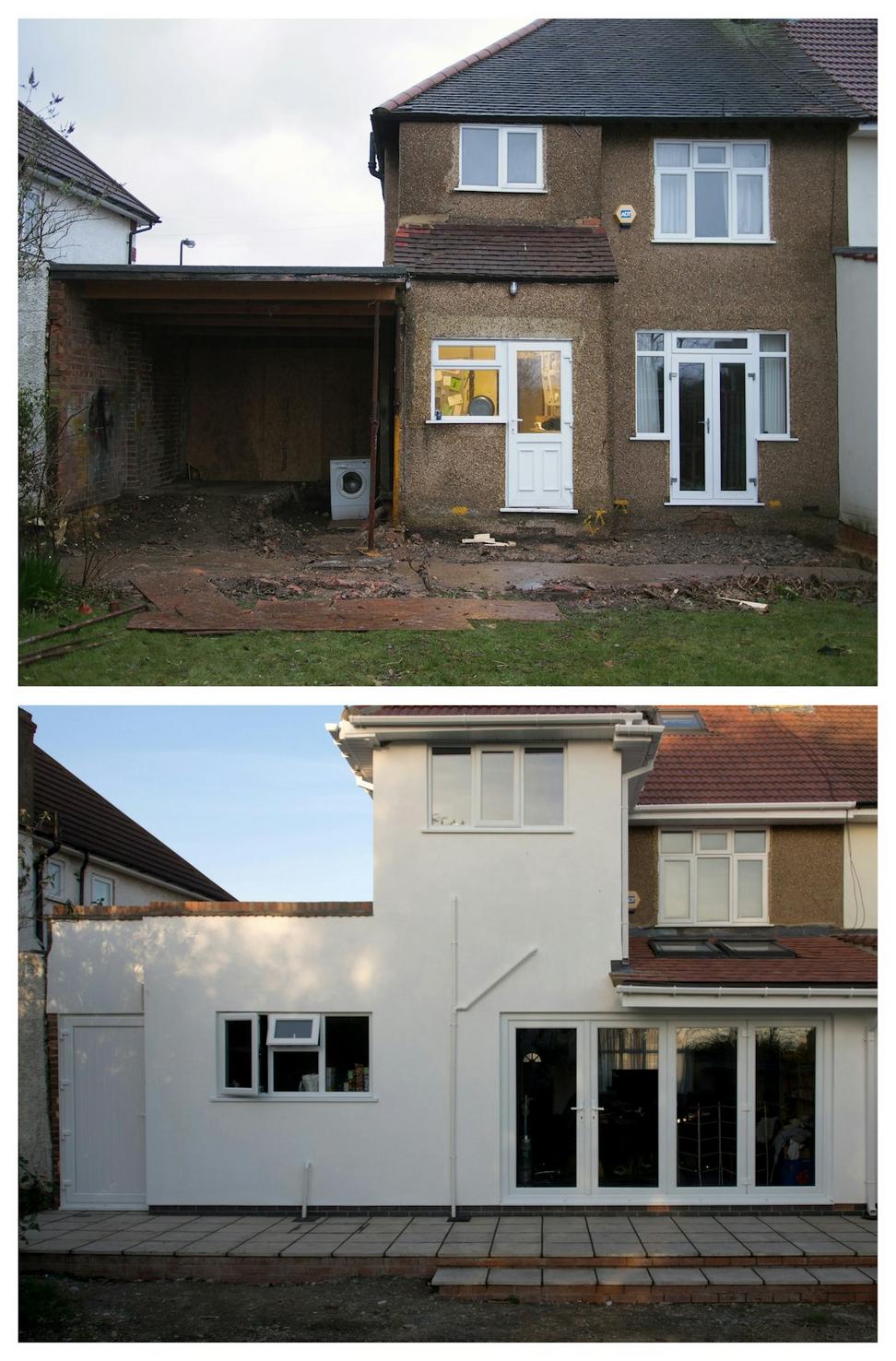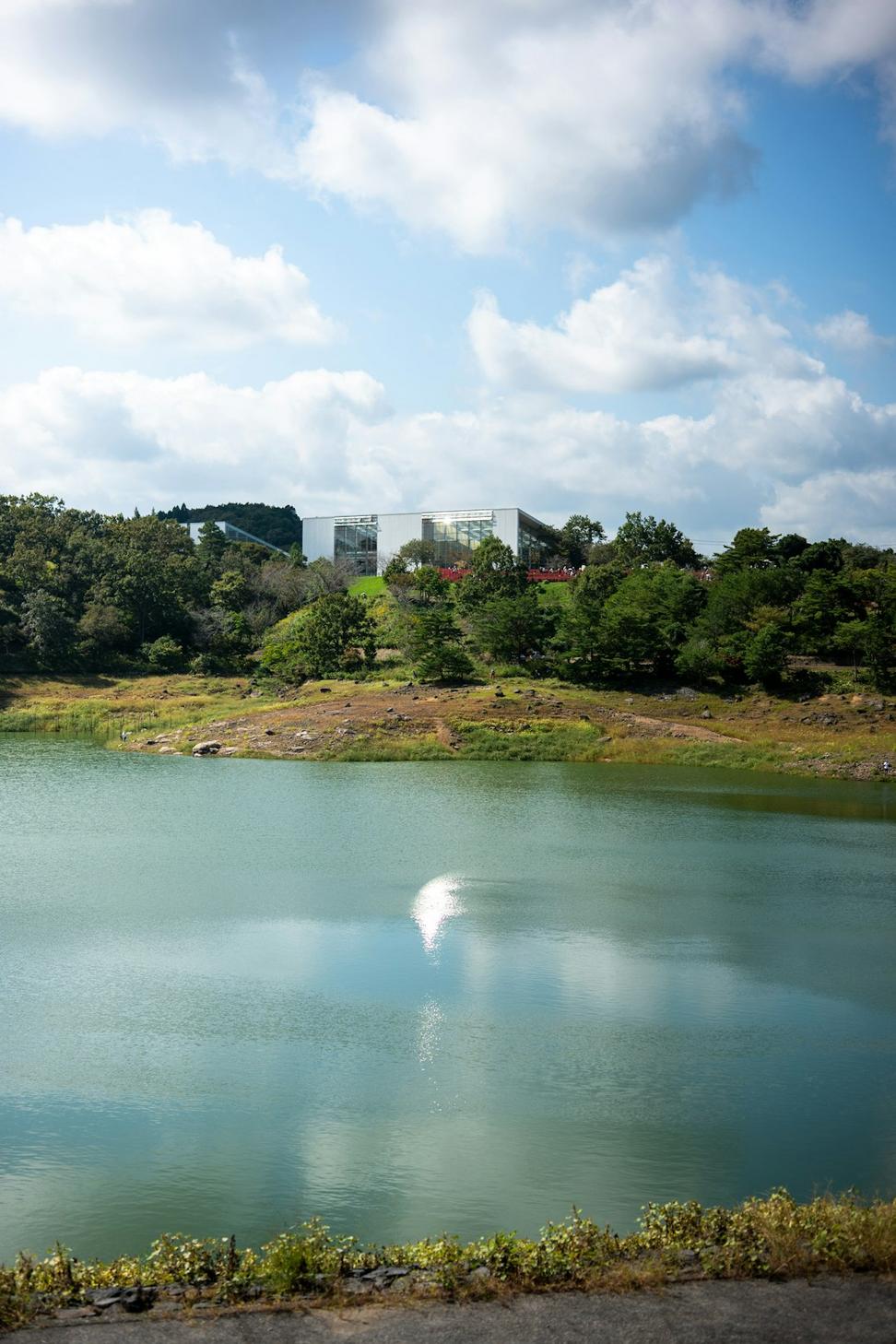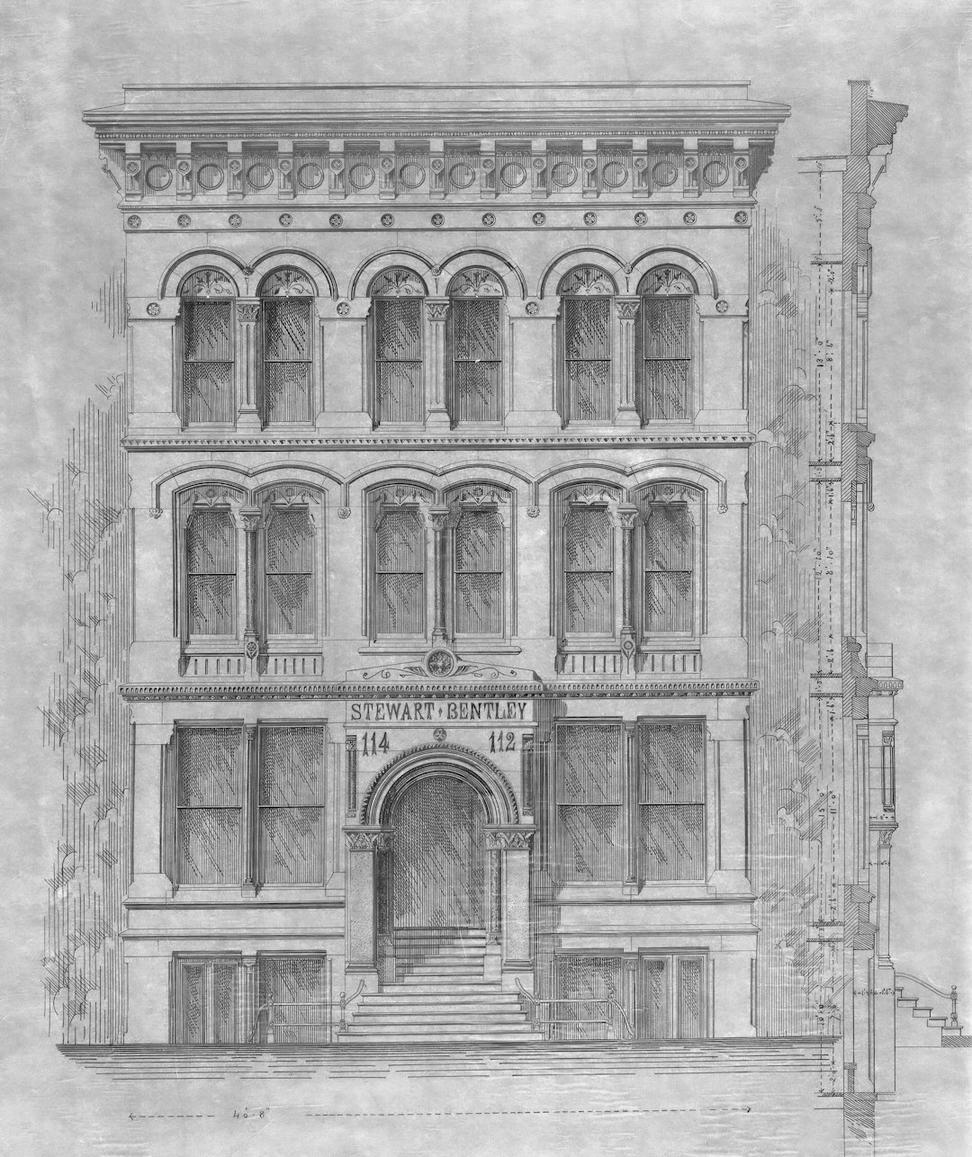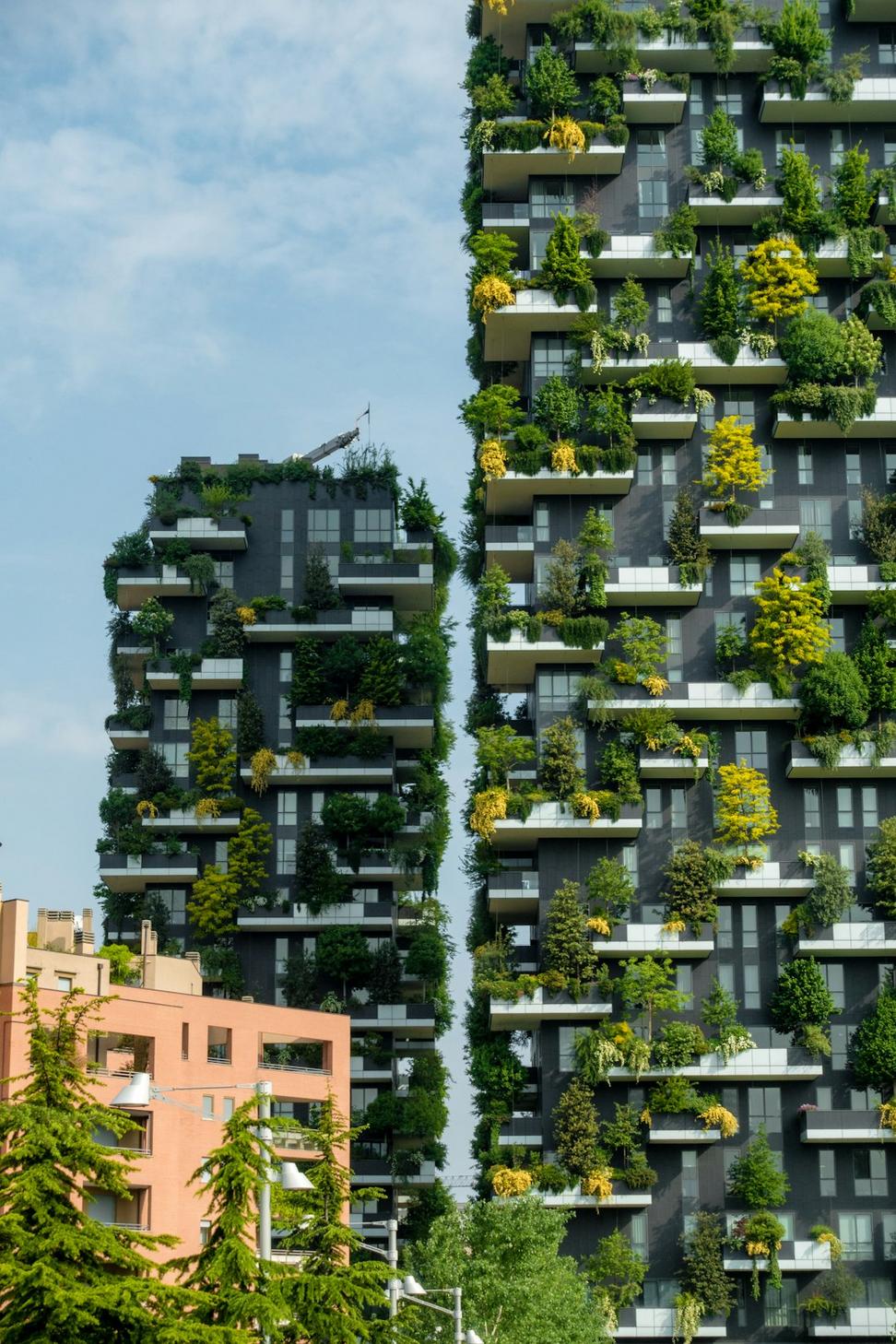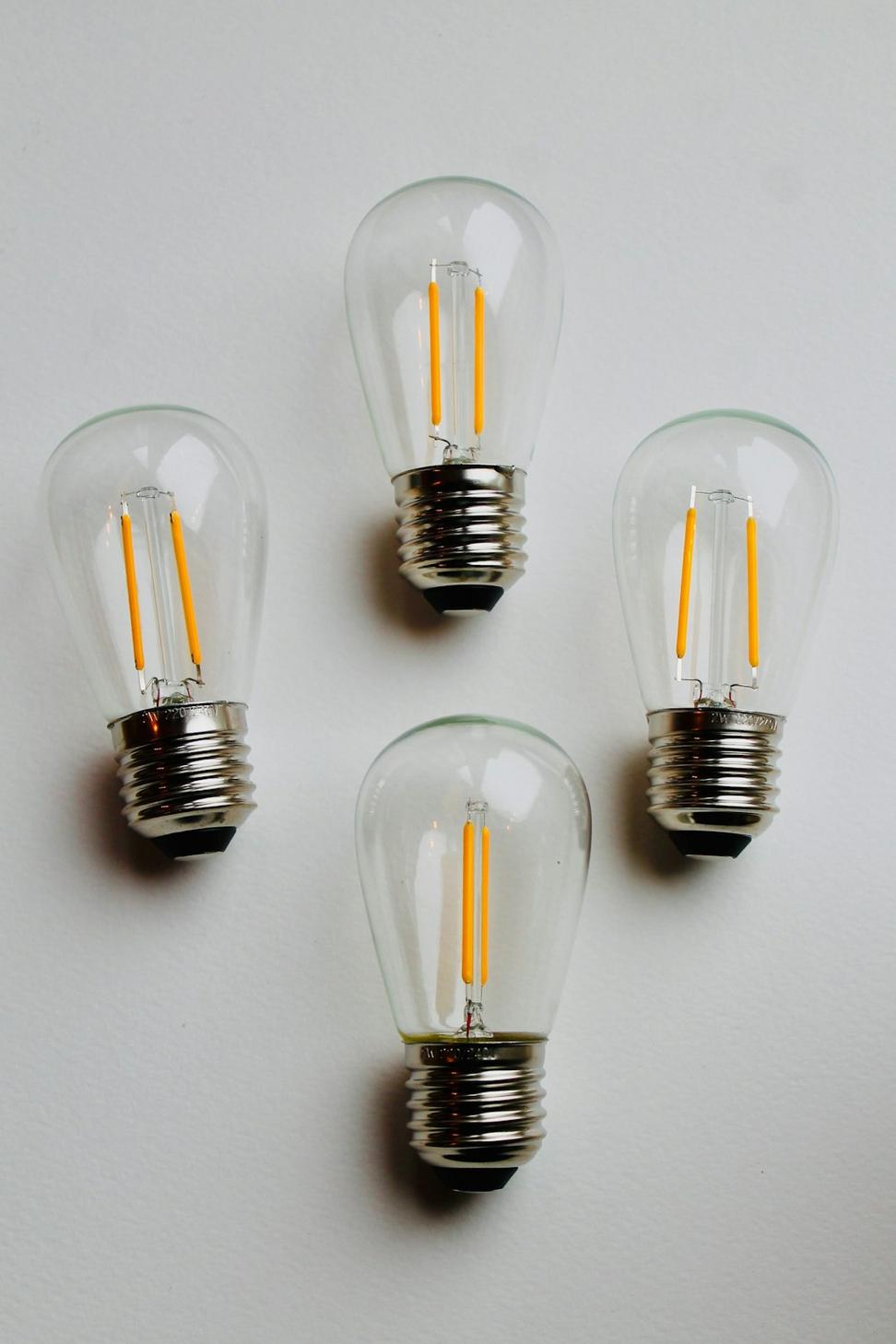Real Projects, Real Results
Here's the stuff we're actually proud of - projects where we managed to push the envelope on efficiency without breaking the bank.
Parkdale Residential Complex - 2024
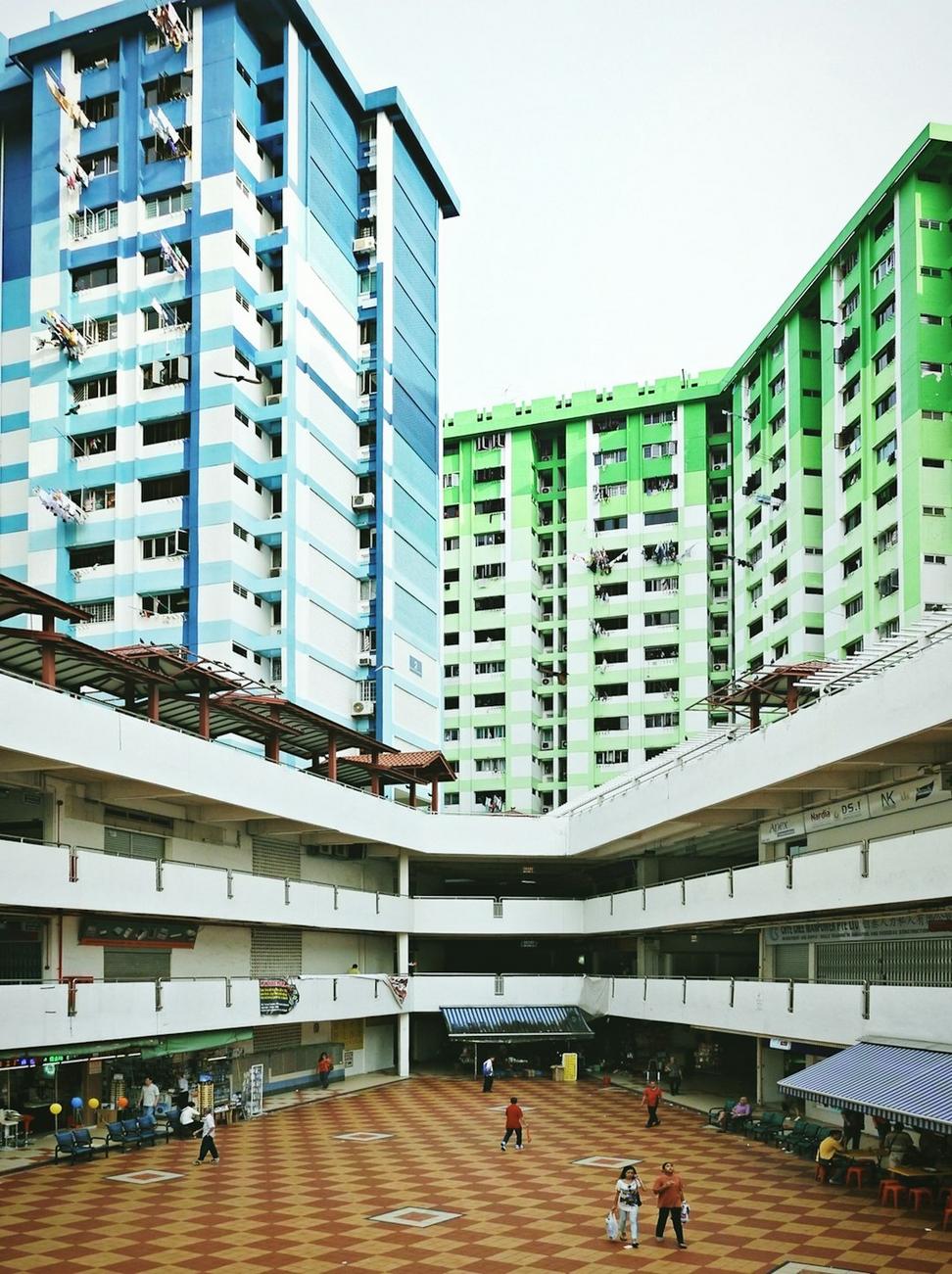
ORIGINAL STATE
Typical 1980s low-rise, leaking heat like crazy, tenants complaining about drafts and high hydro bills. Owner was gonna sell until we pitched the retrofit.
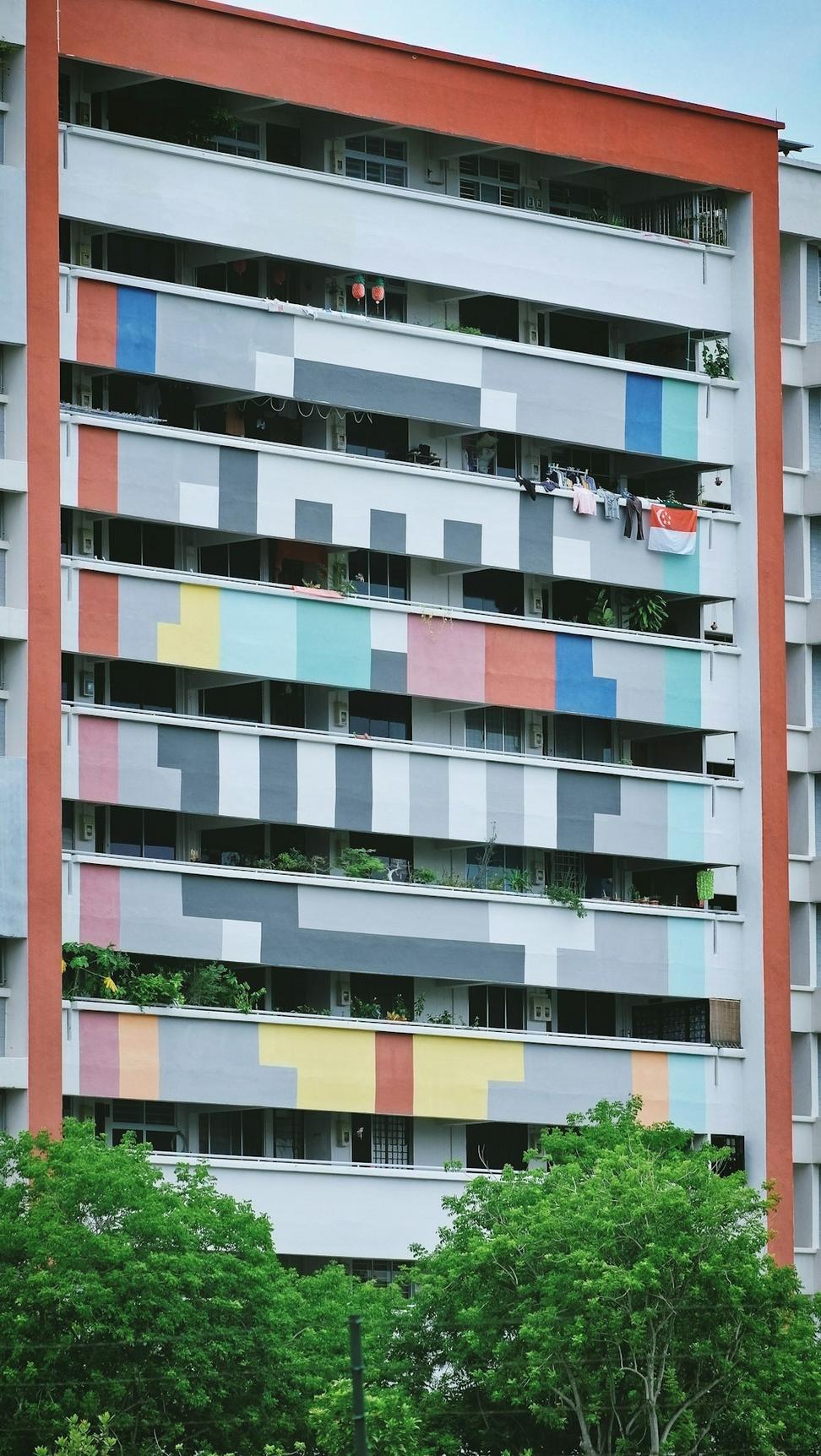
TRANSFORMED
Added balconies with integrated PV shading, completely redid the building skin, installed a smart ventilation system that actually learns from occupancy patterns. Tenants are happier, operating costs dropped 58%, and the building's worth way more now.
58%
Lower Operating Costs
